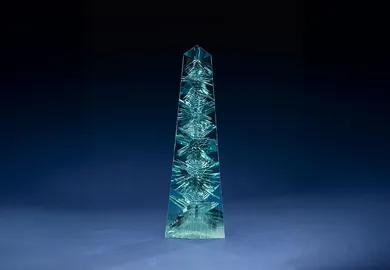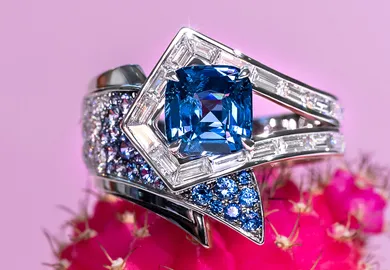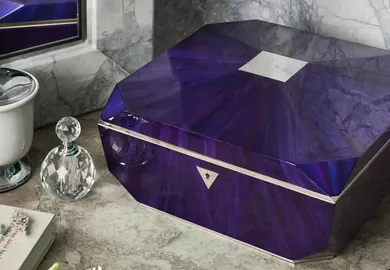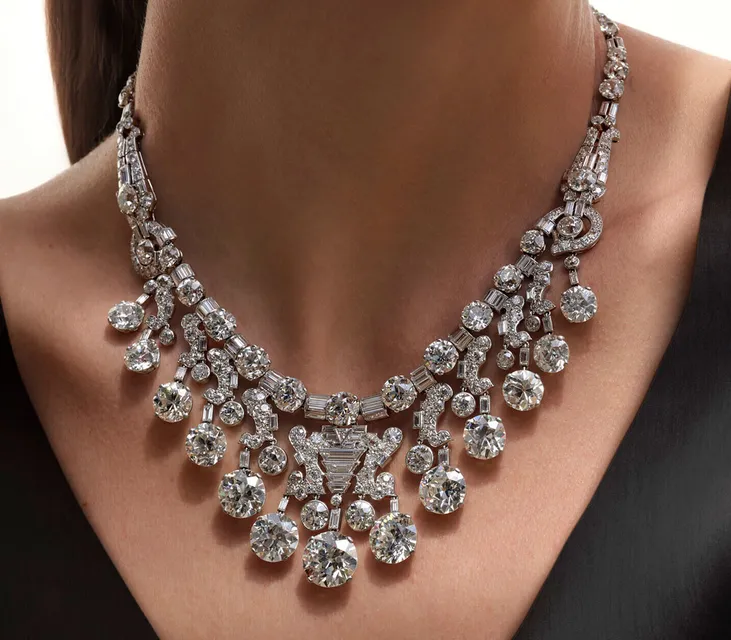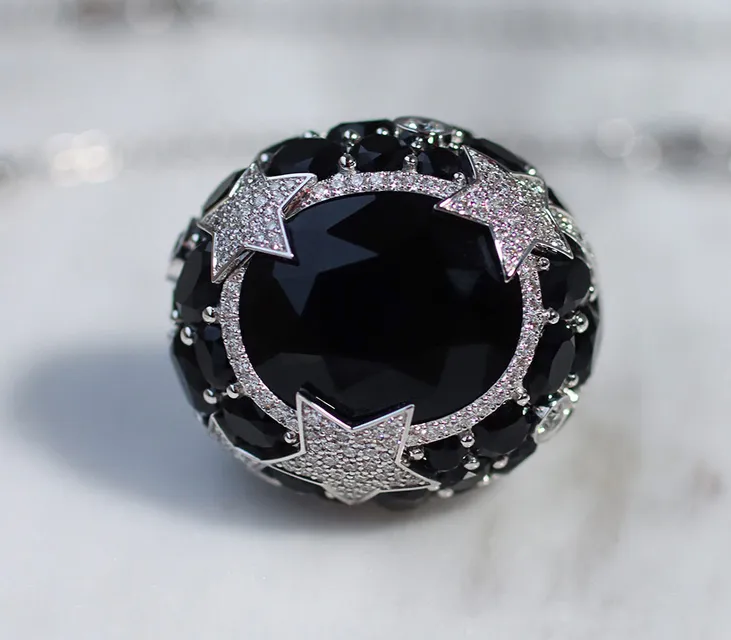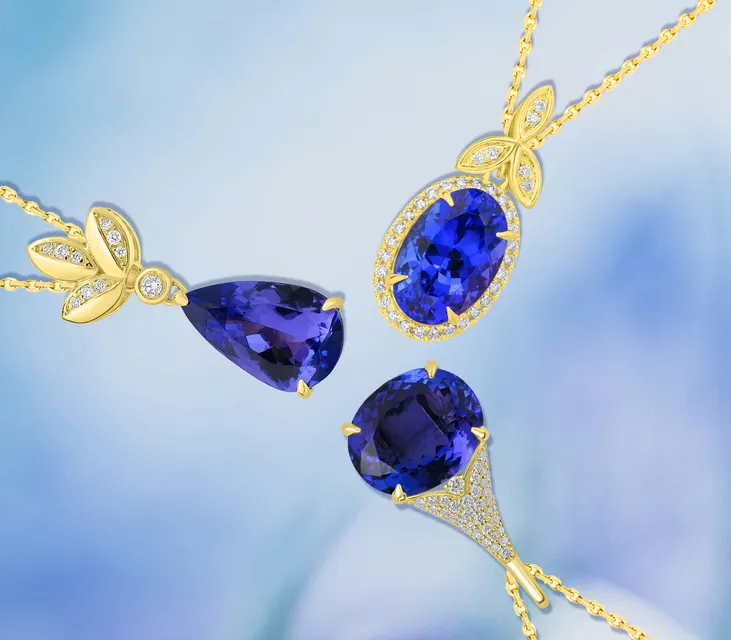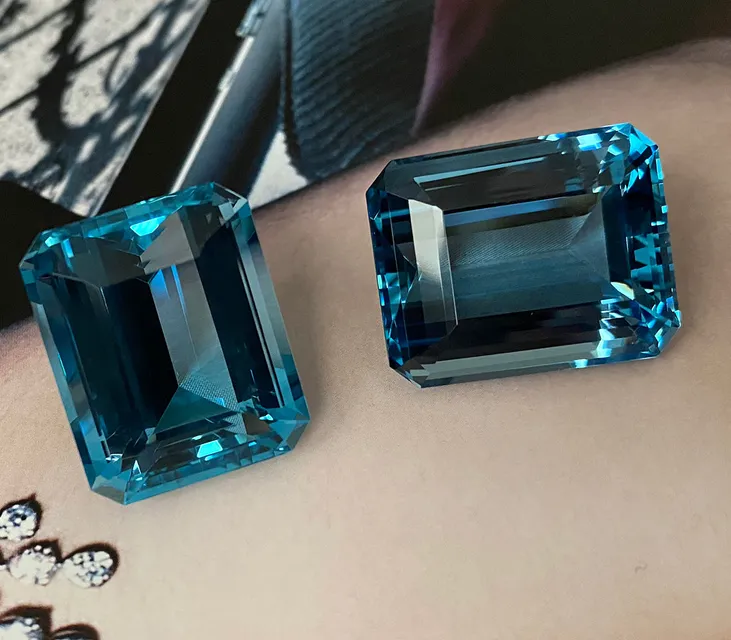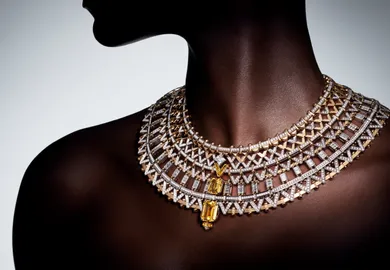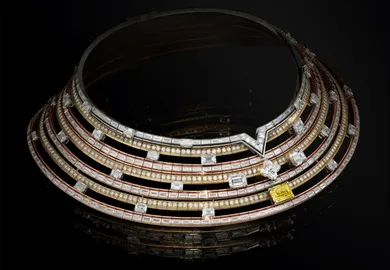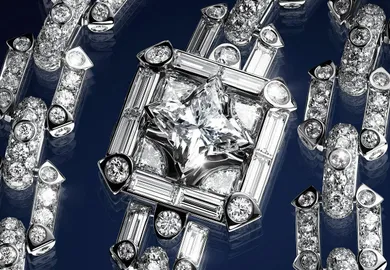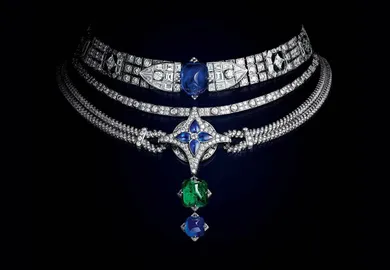

Collectible Gemstones: Black Opal
Opal is a unique gemstone in terms of its internal structure: the stone’s bewitching colour effect, known as “opalescence”, is caused by the diffraction of light due to miniature spherical structures inside the stone. Black opal, the grandest and most valuable form of opal, creates an even brighter effect. It should not, however, be expected to be completely black on the surface; that is extremely rare. In most cases, the stone is a grey, smoky colour.
Imagine that you are admiring the smooth surface of the sea at sunset and you see the golden red and pink shades of the evening sky gleaming and reflected in the gently swaying dark-blue, almost black waves. Such is the picture of colour that you see when you gaze at a black opal. Generally, only hues of blue and green are reflected, but where there are specks of yellow and red the stone is considered to be particularly valuable and would easily fetch tens of thousands of dollars if sold.
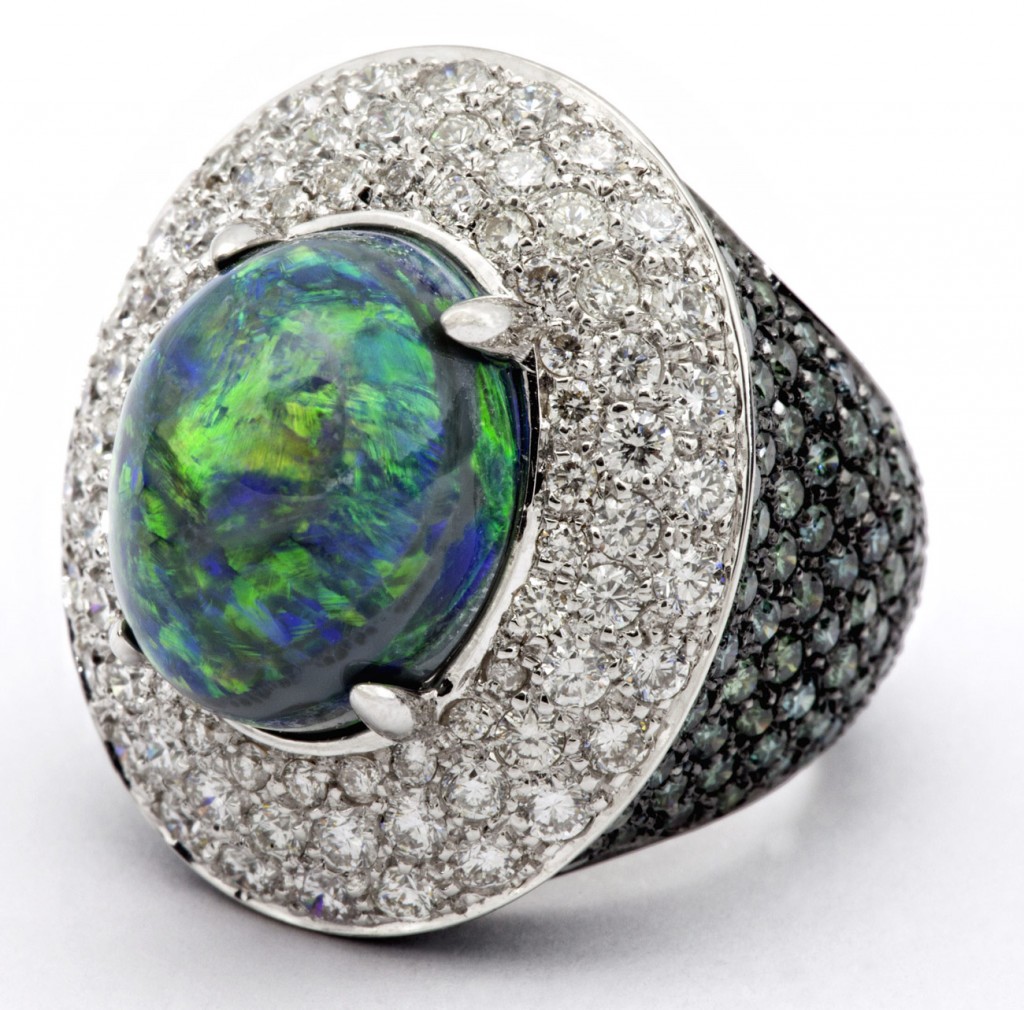
Faraone Mennella ring with an Australian black opal and diamonds
What makes black opal so valuable is its rarity. It is scarce in nature and its mining is very costly due to fuel prices and lease fees. This is why black opals have always been collectors’ top choice when selecting gemstones for investment.
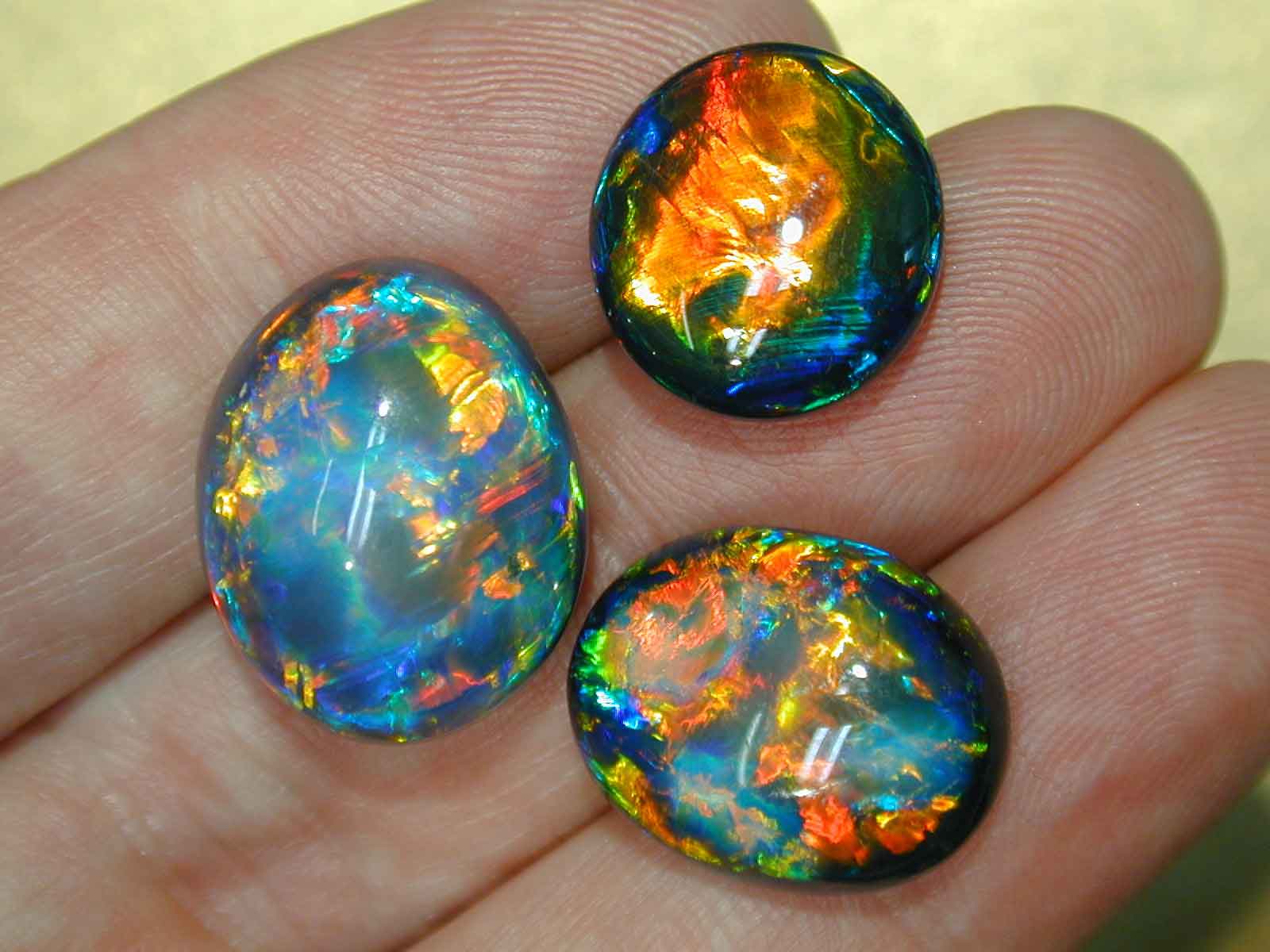
Black Opal
If you ever consider investing in, here is a basic rule for choosing a gem quality opal: if the opalescence can be seen from a distance of 60-90 centimetres away under ordinary light, then the stone is of an excellent quality. If, even under good light, you have to look right into the specimen to see the colour effect, then it is not going to be worth anything and no amount of skilled cultivation is going to convert it into a decent jewellery stone.

WORDS
Katerina Perez is a jewellery insider, journalist and brand consultant with more than 15 years’ experience in the jewellery sector. Paris-based, Katerina has worked as a freelance journalist and content editor since 2011, writing articles for international publications. To share her jewellery knowledge and expertise, Katerina founded this website and launched her @katerina_perez Instagram in 2013.
Related Articles
Latest Stories
Add articles and images to your favourites. Just

Century of Splendour:Louis Vuitton Awakened Hands, Awakened Minds Chapter II
Creative Director Francesca Amfitheatrof offers her unique interpretation of a pivotal period in France’s history, marked by the French Revolution, the Napoleonic era, and the rise of industrialism
Jewels Katerina Perez Loves
Continue Reading
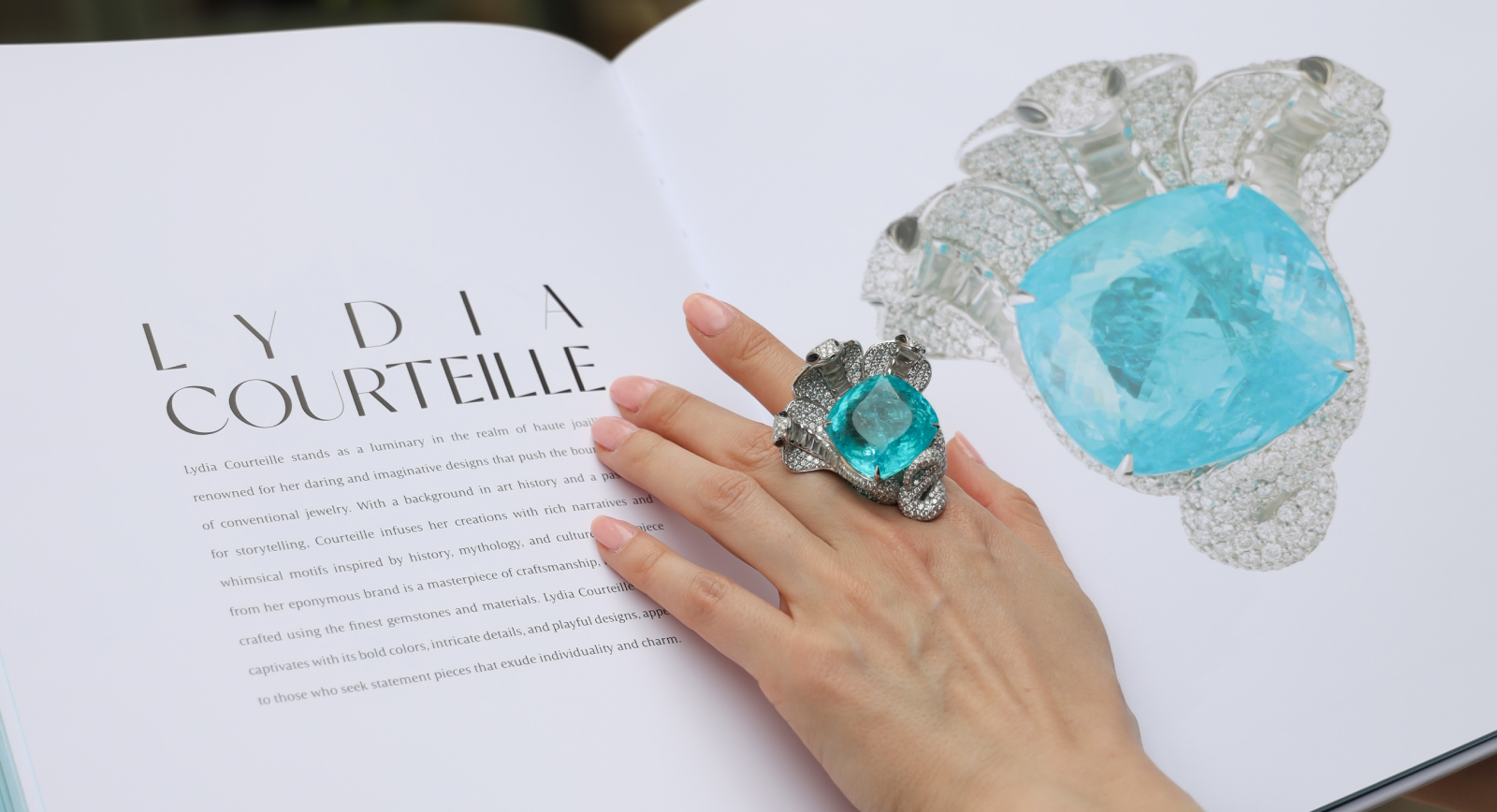
Writing Adventures:Co-Authoring the Book
Paraiba: The Legacy of a Color
Brand Focus: Louis Vuitton
Jewellery Insights straight to your inbox

